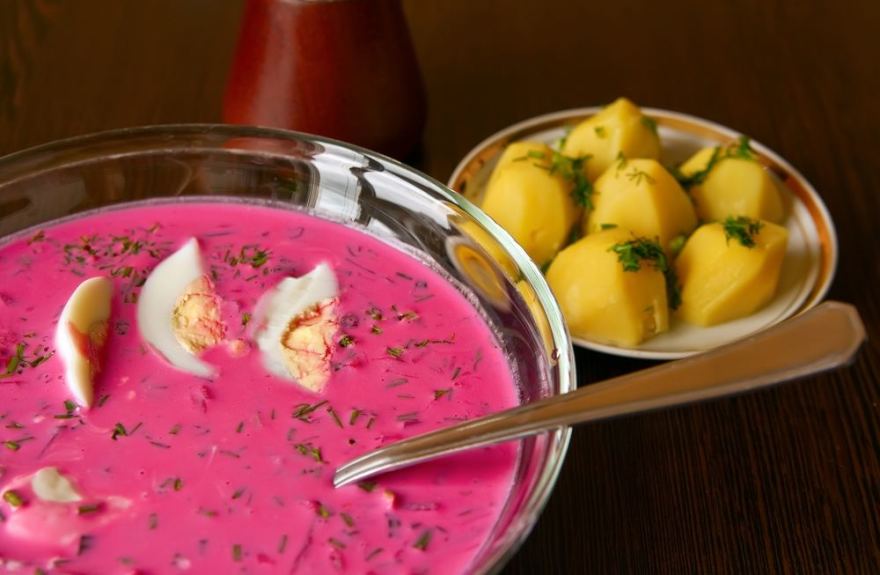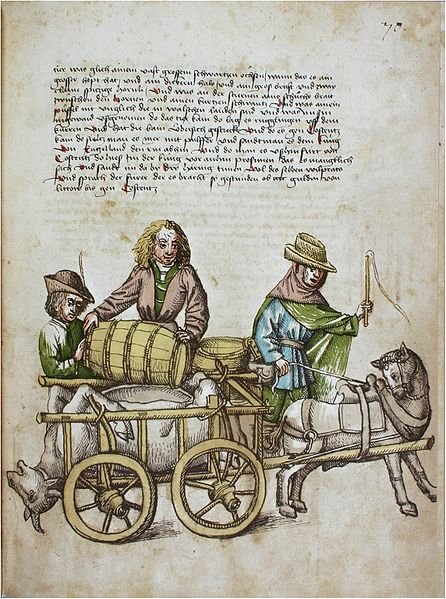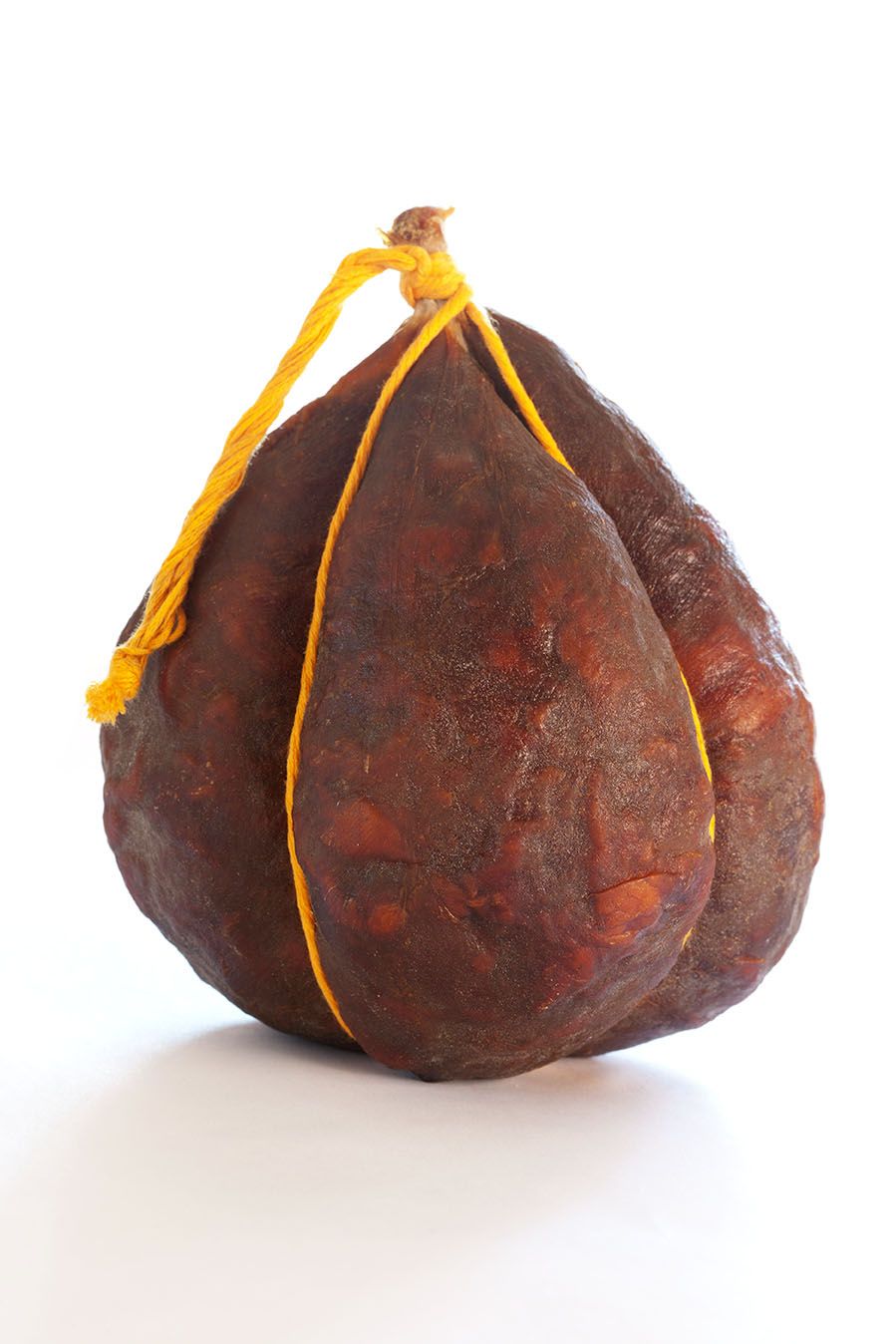Traditional Lithuanian cuisine
Traditional Lithuanian cuisine
Lithuanian cuisine - is a collection of Lithuanian culinary traditions in Lithuania and Lithuanian national cuisine. Although due to historical connections and influences, it has many similarities with other cuisines of the surrounding peoples, its peculiarities make it possible to talk about it as a separate tradition.
Food and eating culture in Lithuania, like most other social phenomena, was undoubtedly multicultural. It should be noted that food and eating culture was also a social phenomenon (nutritional products and quality depended on their income and the situation in society). On a social basis, peasants, noblemen, townsmen, nobles, rulers' estates and catering establishments can be distinguished in Lithuania. In the masters 'and nobles' (partially and noble) cuisines there are striking effects of European-Gothic, Renaissance, Baroque and educational epochs.
The basis of the nutrition of the indigenous peoples was the history of the temperate climate of the temperate climate caused by sedentary farmers and livestock breeders, notoriously known from the 19th-20th centuries. the beginning of peasant kitchen research. According to comparative studies, similar dishes are eaten in other agricultural regions of this climate. It should be noted that from this point of view, the territory of Lithuania falls among the European countries, the majority of whom tolerate lactose (can use fresh milk products). Since the Grand Duchy of Lithuania was created by the Baltic tribes of Lithuania living in the present Eastern Lithuania and North-Western Belarus, the LDK's aristocratic eating habits have also been severely affected by the specifics of the region. The basis of the Lithuanian culinary heritage is the typical food of the forest inhabitants of the forest region, infertile lands and far from the sea. Meat predominates in meat. Meat of domestic animals is considered to be more valuable than wild, and the best native meat is considered beef. The grain is eaten less and rye is predominant in it. Lack of food is often "contributing" to natural goodies: freshwater fish, crayfish, mushrooms, honey or nuts. In later times, after baptism, many freshwater fish are eaten during fasting.
X-XII centuries having developed closer Baltic contacts with Eastern (Bizantine) Christianity, could bring dishes typical of the Mediterranean region to the territory of Lithuania. Undoubtedly, this happened at the time of the Grand Duchy of Lithuania Duke Vytautas, having occupied territories on the Black Sea coast (the influence of the Mediterranean culture from the time of Greek colonization) and the transfer of people (Tartars, Karaites) to Lithuania to this territory. The nursery brought new agricultural crops (cucumbers) and new foods. As Tartars and Karaites were inhabited in various (mostly strategically important places in Lithuania) - their vegetables, the culinary heritage expanded rapidly. The Mediterranean influences include flour or leafy dishes with meat filling (dumplings, cooked dumplings, dumplings, buckwheat, etc.) and hot dishes typical of Lithuanian climate (eg cold beetroot).

What is problematic is the "culinary interaction" of the Middle Ages with Central and Western Europe. On the one hand, part of the vast majority of the kitchens in the region was caused by climatic conditions and therefore almost identical to the Lithuanian one. The origin of these dishes is difficult to trace and is not very significant. Larger migrations from Western Europe to Lithuania in the 14th and 15th centuries. On the other hand, the aggressive position of the Krzyżu ordain against Lithuania was sufficiently hindered by the interaction. For German influence, we could look more in Latvian, perhaps in part in Žemaitian cuisine. However, in this regard, the very notable feature of K. Donelaitis's "Years" is very illustrative, when the cages, even though they have been living since the 13th century. The Order of the Teutonic Knights in the Occupied Region, due to the segregation of the population from the national point of view, even in the 18th century. did not fully understand the German and French diet peculiarities.
XVI century In the area of food and nutrition culture, there have been major changes. This is related to the "second" wave of the Mediterranean impacts, which had one major social difference from the first. Tartar and Karaim dishes influenced more people of the lower social level (peasants, towns) for the kitchen. Meanwhile, the second wave, spread through the ruler's estate, had the most impact on the aristocratic cuisine. The core personality of this influence is the Italian nobleman Bona Sforza, in 1518. became the wife of the King of Poland and Duke Sigismund Ancient of LD. XVI century Since the start of the year, Italy has been a European cultural fireplace, so the relocation of Bonn and her estate (including chefs) to the region has led to major changes, from the use of cutlery to the reform of Valak. The Italian "madness" of the Grand Duchy of Lithuania was supported by later monarchs- Žygimantas Augustas.
XVIII-XIX c. The greatness of the Grand Duchy of Lithuania and the nobility of the nobility was influenced by French cuisine. Peasants' cuisine is a significant influence of the Jewish (litvak) cuisine, which has spread through litvak's retreating taverns. Rural people took over most potato dishes from them, among which the traditional Jewish kite was a soldier, who, before the potato spread, was made of turnips.
Bajor Cuisine

Lithuanian noble cuisine was qualitatively different from other Baltic cuisines both with its dishes and products, and their combination. There was also a significant difference between the 16th and 18th centuries. daily and festive food for noblemen and noblemen. We can say that the noble and noble cuisine, probably due to the conservative eating habits, was a mixture of local "plain" and foreign "chic" (spread through the ruler's estate) cuisine. In the 15th and 16th centuries, especially in the daily diet, the most beloved local cuisine, while in the 18th and 19th centuries, especially during the holidays, was a foreigner. However, it should be noted that even indigenous peasants were significantly different from those of the lower social strata in terms of their raw produce and quality.
XVI-XVIII centuries The Lithuanian-Finnish cuisine with Polish has formed a rich and mature Baroque kitchen of the Republic of the two Nations, which is prevalent in a large part of Eastern Europe. Baroque cuisine was rich in meat, but prevailing beef. According to the era, fatty food was considered as a healthy food, so the most commonly used part of the pork was the bacon, intended for the sake of lean beef dishes. There are also many goose, specially fattening cocks - capons and piglets. The beast is eaten rarely.
XIX century Lithuanian noblemen's cuisine is dying, with Lithuania losing the nobility layer. The culinary heritage of Bajoras remained largely in Polish cuisine, while only fragments of it are found in Lithuania.
Peasant kitchen

Puppy food until the 19th century Remained primitive, based on essential products and dishes. Nevertheless, she was in contact with the noble cuisine, and took over some of her discoveries. First of all there was a wide range of smoked products. The Lithuanian peasants developed smoking traditions, using different types of wood, discovered the methods of slow smoking. Thus, Lithuanian smoked sausages, skilandis, bacon, smoked fish, etc. formed. Puppy food, as well as Latvian cuisine, most developed the variety of snacks, which was very convenient for peasants who did not have time to produce.
Another feature of peasant cuisine was the introduction of potatoes in the 18th century, when potato dishes spread widely under the influence of German cuisine.
Thenks for watch,
Like this post? upvote and comment
Respectfully @phoenix69
Žinokit sužadinot apetitą šitais šaltibarščiais :)
Love your post, so informative and so ineresting. Thank you :)
Great post. My favorites are kepta duona and kibinai with spinach and cheese :)